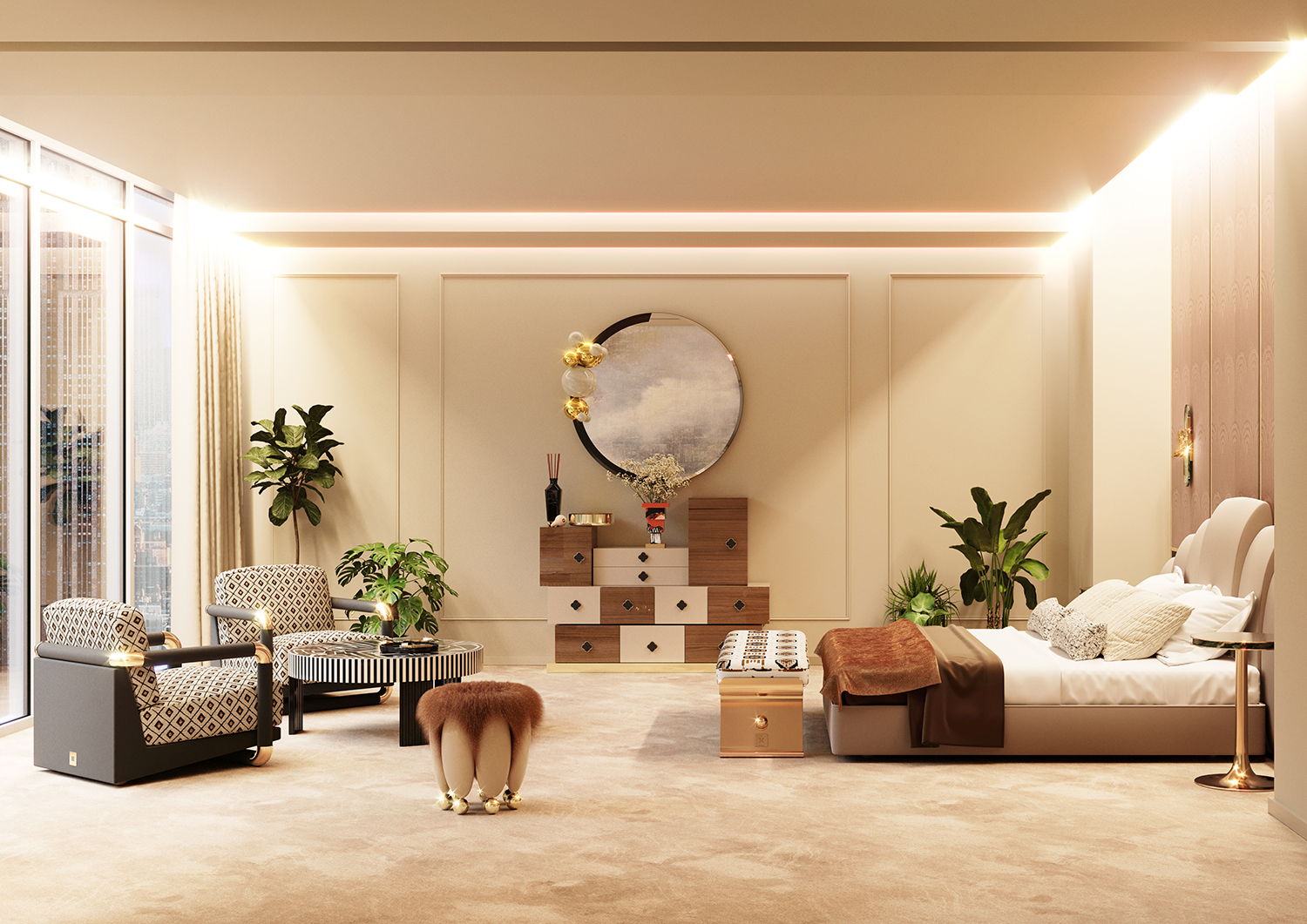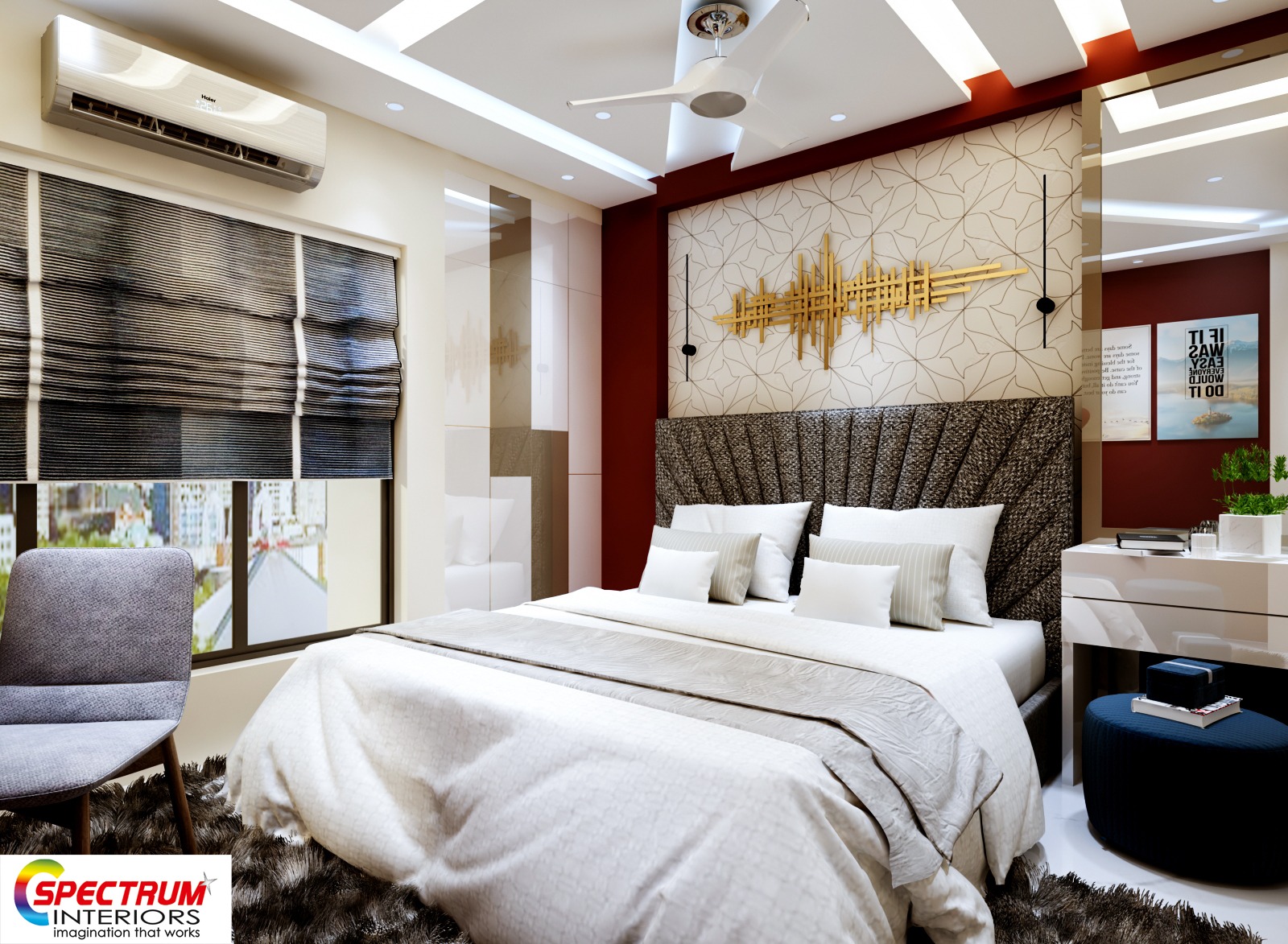Top interior design firms offer innovative solutions.
Top interior design firms offer innovative solutions.
Blog Article
Transform Your Home With Essential Concepts of Interior Design and Appearances
By recognizing the impact of color theory and the relevance of texture and patterns, one can produce rooms that are not only visually attractive however additionally deeply individual. Achieving this balance includes even more than plain decoration; it encompasses a critical plan and an eager understanding of just how each component interacts within a space.
Comprehending Shade Concept
Recognizing the concepts of shade concept enables designers to create rooms that reverberate emotionally with residents while fulfilling useful demands. Each group plays a critical function in establishing consistency within a room.
The mental impact of shades is profound; cozy colors such as reds and oranges evoke power and warmth, while awesome tones like blues and greens advertise calmness and tranquility. Moreover, the usage of complementary shades improves aesthetic rate of interest, developing striking contrasts that can raise a room's charm.
Neutral colors, on the various other hand, function as a versatile background, allowing various other layout aspects to beam. It is important to think about variables such as lighting and the space's purpose when choosing a color scheme, as these can alter the understanding of shades throughout the day.
Ultimately, a well-considered color pattern can transform an area, cultivating a feeling of comfort and style that straightens with the residents' choices. Proficiency of color theory is, consequently, a vital skill for any type of indoor designer aiming to produce unified and welcoming environments.
Achieving Balance in Style
Just how can developers achieve a sense of equilibrium in their areas? Accomplishing balance in design is essential to developing harmonious interiors. Designers can use 3 key kinds of equilibrium: balanced, unbalanced, and radial. Balanced equilibrium entails arranging elements evenly around a central point, cultivating a feeling of order and peace. This kind often features pairs of furniture or art work, boosting aesthetic security.
Unbalanced balance, on the various other hand, relies upon varying aspects that still accomplish a cohesive appearance. This strategy permits more dynamic and casual plans, offering interest while keeping stability. By very carefully choosing varying dimensions, colors, and appearances, developers can create an aesthetically compelling space that really feels balanced yet energised.
Radial balance emphasizes a main focal point with components emitting outside. This design is generally seen in circular formats, where furnishings and design develop a natural surround that attracts the eye inward.
Ultimately, attaining balance calls for thoughtful factor to consider of scale, proportion, and the partnerships between aspects. interior design firms. By skillfully applying these equilibrium principles, developers can change areas into environments that really feel both cosmetically pleasing and functionally unified, boosting the total experience for residents
Importance of Spatial Awareness

An eager sense of spatial awareness enables designers to determine centerpieces within a space, assisting the visitor's focus to vital attributes while maintaining a total feeling of unity. It also assists in the strategic positioning of lights, which can significantly influence the perception of space and state of mind. Comprehending spatial relationships makes it possible for the developer to cater to the specific demands of occupants, guaranteeing that each area offers its intended objective without endangering aesthetic appeals.
Ultimately, spatial recognition is vital for making best use of the capacity of any indoor space. By meticulously thinking about the interaction between measurements, design, and feature, developers can develop atmospheres that not just meet sensible demands yet also stimulate a sense of comfort and elegance, improving the total living experience.
Incorporating Appearance and Patterns
Embracing a diverse series of textures and patterns can dramatically enhance the aesthetic and responsive appeal of an interior room. The strategic use numerous products-- such as wood, metal, textile, and rock-- creates deepness and passion, making a room really feel more welcoming and dynamic. Integrating smooth surface areas with harsh appearances can develop a balance that draws the eye and engages the senses.
When integrating patterns, take into consideration both range and rep. Large patterns can function as focal points, while smaller sized, refined designs can complement other aspects without frustrating the space. Layering patterns, such as pairing floral pillows with striped tosses, includes intricacy and a sense of consistency if executed attentively.
It is likewise critical to maintain a natural shade scheme, guaranteeing that appearances and patterns interact instead of compete for attention. By picking a couple of vital structures and patterns, you can create a linked visual that mirrors your personal style while boosting the overall setting of the area. Eventually, the careful consolidation of these elements can change a mundane area right into an advanced setting view it rich with personality and warmth.
Individualizing Your Space
Producing a space that shows your personality is vital to achieving an absolutely inviting atmosphere. Customization in interior style permits you to infuse your special design and interests right into your home, transforming it from a simple shelter into a refuge that speaks to who you are. Begin by picking a shade scheme that reverberates with your emotions-- strong tones can energize, while soft tones provide peace.
Include artwork and design that show your interests, whether it be traveling, additional resources nature, or abstract concepts. Displaying personal collections, such as books, photos, or keepsakes, can stimulate valued memories and develop prime focus within a room. Additionally, consider personalizing practical pieces, like upholstered furnishings, to line up with your aesthetic choices.

Final Thought
In verdict, the transformation of a home via the necessary concepts of interior design and aesthetic appeal requires a comprehensive understanding of color concept, equilibrium, spatial awareness, appearance, and personalization. Each component contributes dramatically to producing a harmonious and practical living environment - Architecture Firm. By thoughtfully incorporating these concepts, individuals can boost the visual charm and psychological resonance of their areas, inevitably fostering a home that shows one-of-a-kind identities while supplying convenience and practicality
Report this page